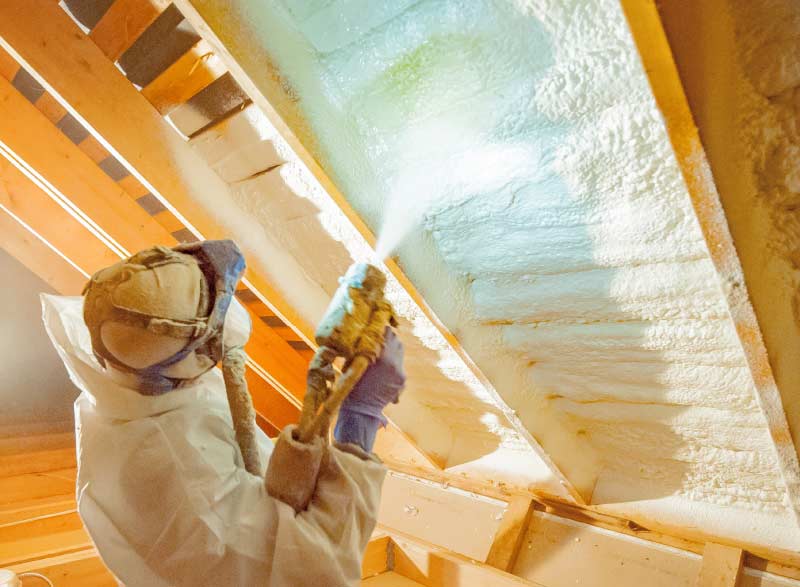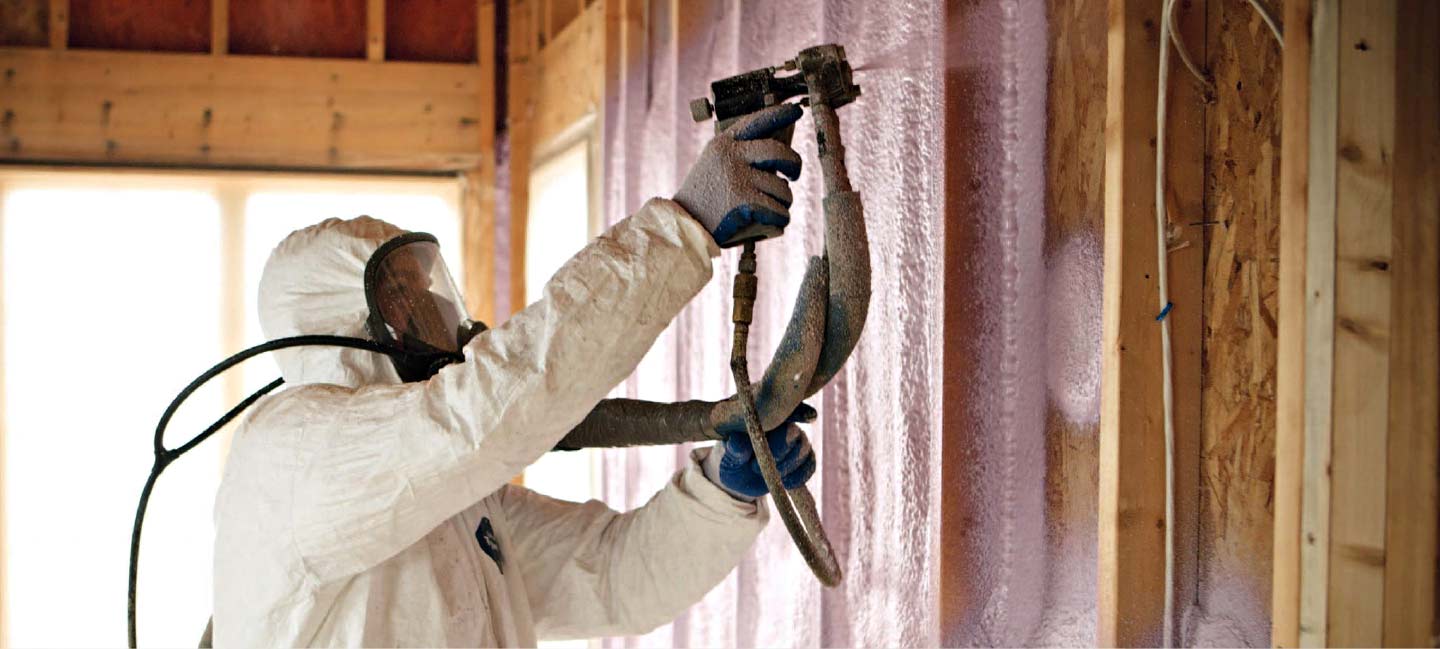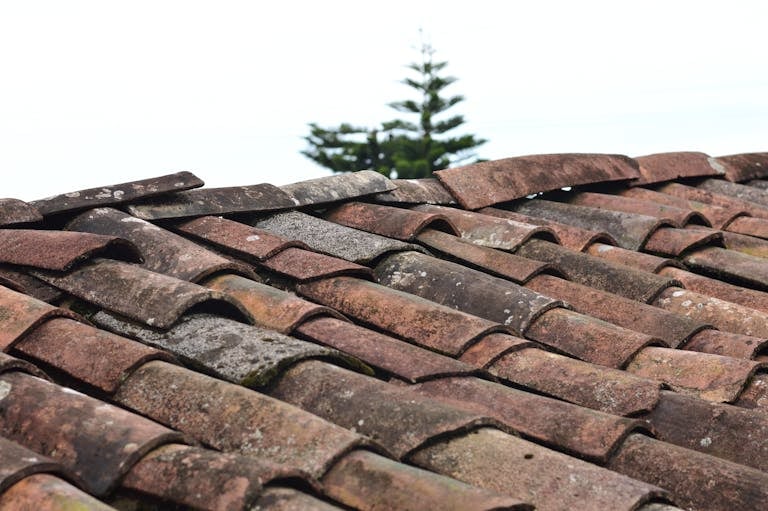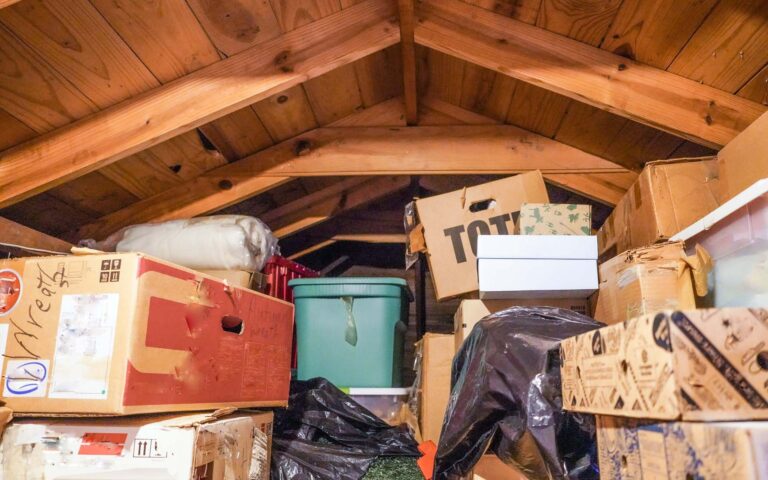
Over the years, spray foam has shown to be very energy and money-efficient. In addition to having excellent insulating qualities, it is moisture-resistant and strengthens the structural integrity of your house.
It’s also a product that’s often misunderstood, though. Misconceptions abound regarding spray foam insulation.
But before we proceed with debunking the myths about it, let’s talk about insulation spray foam first;
What is Insulation Spray Foam?
Spray foam, sometimes referred to as spray polyurethane foam (SPF), is an air barrier and powerful insulator made by chemicals. Before the mixture is fed through an applicator, two chemicals are mixed on-site, requiring knowledge and insulation experience. Then, the insulator is sprayed onto a surface, where it quickly expands and plugs holes. These surfaces are utilized on ceilings, walls, and between joists and floor voids.
Spray foam insulation comes in two varieties: open-cell and closed-cell. In hot areas, open-cell spray foam is more frequently employed, and when applied, it looks bubbly and cloudlike. On the other hand, closed-cell is a fantastic option for structural integrity and as a vapor barrier since it is more dense and rigid.
Common myths of Spray Foam Insulation
Despite the fact that spray foam insulation has been available for some time, there are still some myths and misunderstandings regarding it that persist. In order to dispel some of the most widespread misconceptions about spray foam insulation, we at Geo Insulation will examine some of the most prevalent ones in this article and debunk them using statistics.
Insulating spray foam is hazardous.
The idea that spray foam includes hazardous substances is a widespread one. Low-density, open-cell polyurethane spray foam insulation is responsible mainly for this fallacy. Low amounts of chemicals are frequently released into the air due to the pressure required to spray this kind of foam.
However, there are other types of insulation besides this low-density spray foam. For example, spray foam made of high-density polyurethane and polyisocyanurate emits hardly any chemicals into the atmosphere.
Spray foam costs a lot.
It’s a common misconception that only wealthy individuals can afford spray foam insulation. This is untrue. Because less material is required for a given task, spray foam insulation is cheaper than other types of insulation.
Low-density spray foam might be an expensive option when used in large quantities.
Your health is in danger from spray foam.
Because spray foam insulation occasionally contains toxic substances, it is simple to think it is bad for your health. Low-density polyurethane spray foam should never be used in residential settings because it releases dangerous fumes.
High-density foam insulation doesn’t, however, discharge any chemicals into the air while being installed. So it’s safe to use spray foam in your home if the right tools and supplies are used.
Spray foam is similar to other types of insulation.
The idea that spray foam insulation can be used in conjunction with any other kind of insulation seems to be widely held. Since it is “liquid” insulation, it makes sense to assume that several varieties can coexist without forming spaces where air can escape.
Spray foam does not mix well with other types of insulation, contrary to what is commonly believed. Therefore, spray foam should be used alone to obtain optimum efficiency and the most effective result.
My walls will be damaged by spray foam.
People frequently assume that walls must be taken down in order to install spray foam insulation when considering remodeling their homes with it. However, this is required in some circumstances. For instance, while insulating a wall cavity.
Spray foam can, however, typically be applied directly to an interior or exterior wall. One of the finest solutions for insulating walls is spray foam since it is significantly better than other materials at sealing off air leaks.
It is new.
Many people who never heard of spray foam insulation believe it is a fad. It is not a fad. Spray foam insulation has been used for a long time to insulate dwellings and keep heat from escaping.
Only white spray foam is available.
It is simple for folks who are new to spray foam insulation to believe that it is only available in white. However, spray foam can be colored to meet your requirements or preferences and comes in a variety of colors.
To blend in with the surroundings, spray foam insulation can even be colored to match existing building materials, such as brickwork. Spray foam is offered in various colors in addition to basic R-values that are suitable for most climatic conditions.
Destroy Your House.
Many individuals have a false impression that spray foam insulation can harm your home, as we have heard. Some believe it harms the house’s wiring, roofing, plumbing, and other structural elements. These are the results of inadequate insulation installation.
However, if a qualified expert puts spray foam insulation correctly, it won’t harm the roof or other inside wall cavity components. Instead, it improves your home’s structural stability and stops ice dams from forming on your roof, protecting your property from harm.
Understanding the Benefits of Spray Foam Insulation: Conclusion
You might be interested in spray foam insulation now that we have debunked the myths and misconceptions surrounding it. But, again, you can rely on us to complete the task correctly; we have a track record of happy clients, and we’d love to add you to that list.
The best way to guarantee safety precautions and proper installation is to hire a qualified insulation contractor. Knowledgeable professionals will handle any essential measures. For spray foam insulation services, contact Geo Insulation. We are experts in regular insulation, spray foam insulation, and radiant barriers to create homes that are more efficient and comfortable than before. For a free evaluation and estimate, get in touch with us immediately.






